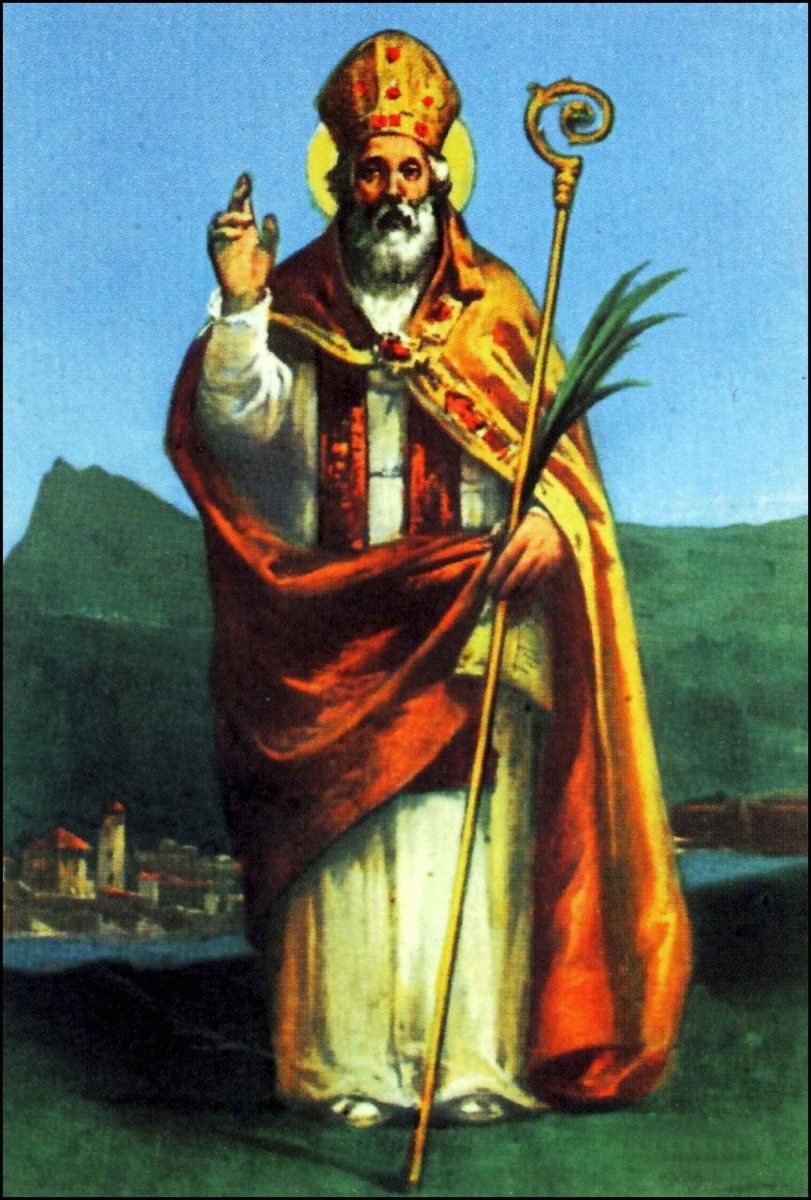Many of the Catholic holidays are days devoted to saints. Usually, these saints are well known, famous figures with detailed knowledge of their lives available to us. Of course these saints will have stories of unknown veracity, but the general details of their lives are clear. But Saint Valentine is a noticeable outlier. There are many theories about Saint Valentine and his many works, including the possibility that two saints share the same name. But it is agreed that many of his stories have an element of truth, so we should take the time to shine some light on these holy deeds.
The general idea behind Saint Valentine is that he was arrested many times for working to help those in need in the name of God, culminating in his eventual execution. We know he did exist thanks to an ancient tomb and cathedral dedicated to him. But we also have many other stories, usually building on these primary known facts.
One involves him being placed on house arrest. His judge was discussing religion with him, and wanted to put his faith to the test. He brought his blind daughter to Valentine, asking him to heal her. He did so, and the judge immediately repented, became baptized, and denounced all his previous idols, all before freeing every Catholic inmate he could.
Two stories surrounding his execution exist, though they are very similar in substance. In one, he was marrying Christian couples and protecting Christians from Emperor Claudius’s persecution. Valentine and Claudius became close, and eventually Valentine attempted to convince Claudius to become Christian. In a rage, Claudus ordered him to either renounce his faith, or be beaten to death. Saint Valentine chose death.
The alternative version says that he married Christian couples to prevent the husbands from being sent off to war. Eventually, he refused to sacrifice to pagan gods, and was arrested. While in prison, he healed his jailor’s blind daughter. When he was sent off to be executed, he left her a note signed, “Your Valentine”.
One can see that these stories all seem to have similar aspects to them, with slight changes. For example, in two separate stories, Saint Valentine healed the blind daughter of someone keeping him imprisoned. Therefore, while we can’t be sure of the exact details, we can have a general idea of what he did throughout his life.
We can never be sure who exactly Saint Valentine was. We can’t know what his title was, or his social status, or his hometown, or any other detail like that. But he was a holy man. And, no matter who we are, we should strive to be like Saint Valentine: not doing good works for the sake of rewards, or status, but instead for the sake of being good.
“But when you give to the needy, do not let your left hand know what your right hand is doing, so that your giving may be in secret. Then your Father, who sees what is done in secret, will reward you.” (Matthew 6:3-4)

